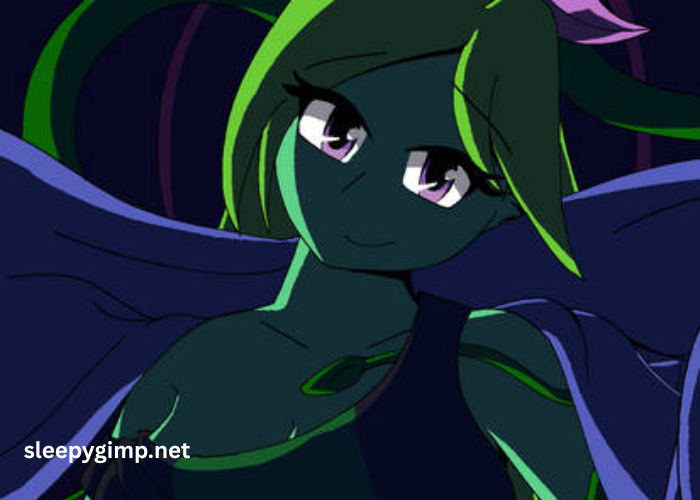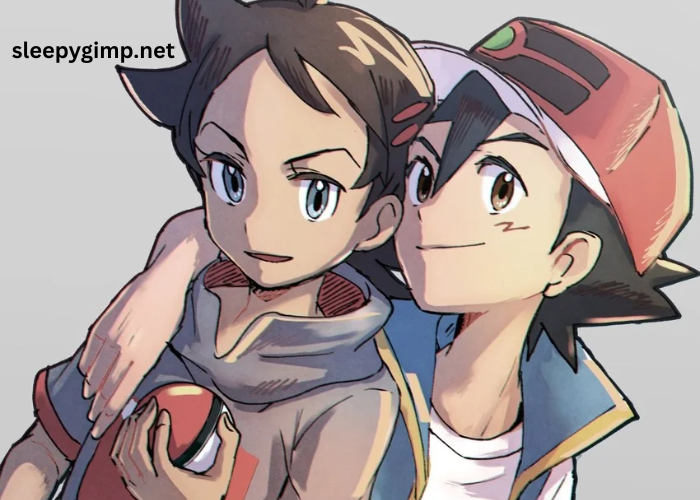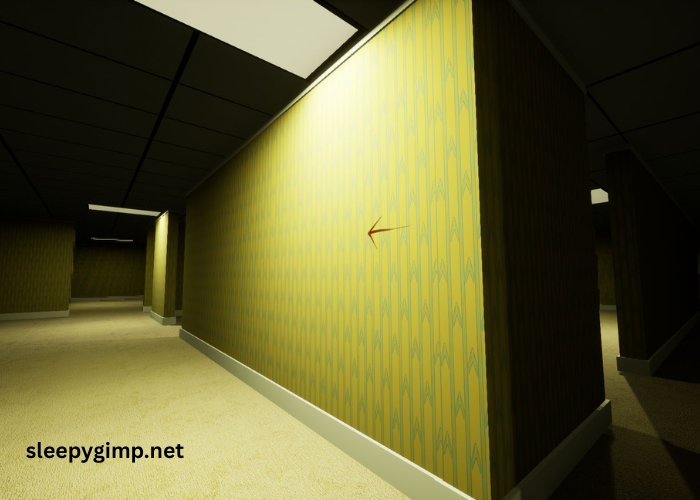Alraune is a character that comes with a dark and mysterious allure. She is a demon from the depths of Inferno, known for her two forms: The Whisperer of Dementia and The Whisperer of Insanity.
Both of these identities have their roots in the terrifying and often misunderstood forces of the human mind. Alraune has fascinated people for years due to the complexity of her character, her association with madness, and the blurred lines between dementia and insanity.
In this post, we will delve deeper into the dual nature of Alraune, exploring the meaning behind her two forms, how they are represented in literature and folklore, and what her existence symbolizes. We’ll also look at the roles that dementia and insanity play in both real-world psychology and in the context of Alraune’s demonic persona.
Key Points to Remember:
- Alraune embodies the Whisperer of Dementia and the Whisperer of Insanity.
- She is a demon from the Inferno, symbolizing the complex nature of mental afflictions.
- Alraune’s two forms represent the disturbing effects that mental illness can have on the human mind.
What Are the Dual Forms of Alraune?
The most intriguing aspect of Alraune’s character is the duality of her forms. In her first incarnation, she is known as The Whisperer of Dementia, while in her second form, she becomes The Whisperer of Insanity. Both of these forms are related to mental afflictions, but they represent different facets of how the human mind can be affected by external forces, whether supernatural or psychological.
The Whisperer of Dementia
In her first form, Alraune manifests as the Whisperer of Dementia, a figure that subtly influences the mental state of her victims, leading them down a path of confusion and memory loss. Dementia is a condition that typically affects elderly individuals, causing a decline in cognitive functions such as memory, thinking, and reasoning. In Alraune’s case, her presence is often depicted as one that entices and pulls her victims into a slow spiral of forgetfulness and disorientation.
In many ways, the Whisperer of Dementia symbolizes the gradual, insidious onset of cognitive decline, where the victim’s sense of self begins to erode. Alraune’s role here is more passive but still incredibly powerful. She doesn’t necessarily force the individual into madness immediately, but instead whispers gently in their ear, encouraging confusion, memory loss, and a distorted sense of reality.
Example: In the novel Alraune, the female character, representing this form, has a subtle yet overwhelming effect on the people she interacts with, leading them into a state where their mind slowly crumbles. This form represents the quiet and often invisible aspects of mental illness.
The Whisperer of Insanity
In her second form, Alraune transforms into The Whisperer of Insanity. Insanity, unlike dementia, is often sudden and chaotic. It represents the loss of control over one’s thoughts and actions, plunging the individual into a state where they can no longer distinguish between reality and delusion. Alraune’s influence in this form is more direct and aggressive. She does not merely whisper; she amplifies the voices in the mind of her victims, pushing them into madness.
The Whisperer of Insanity is often associated with extreme behaviors, hallucinations, and paranoia. She brings about a complete breakdown of the mental state, leading the individual to act in irrational and sometimes violent ways. This form represents the more immediate and catastrophic aspects of mental health, where the mind shatters under external pressures, and reality is no longer a stable foundation.
Example: Many depictions of insanity in literature include characters whose minds are overwhelmed by chaotic thoughts and emotions. In Alraune’s case, she may cause these thoughts to grow uncontrollably, forcing the individual into a state of madness.
Why Does Alraune Have Two Forms?
The duality of Alraune’s character reflects the complexity of mental illness. By embodying both the Whisperer of Dementia and the Whisperer of Insanity, Alraune symbolizes two different ways in which the human mind can be compromised. One form, dementia, represents a slow and often unseen decline, while the other, insanity, represents a sudden and violent break from reality.
This duality also mirrors the idea that mental illness does not affect everyone in the same way. For some, it is a gradual decline that they may not even notice until it is too late. For others, it may come on suddenly, taking them by surprise and completely disrupting their lives.
Symbolism of the Dual Forms
The two forms also serve as metaphors for how society views mental health. Dementia is often seen as something that happens slowly over time, and people are more likely to show sympathy for those suffering from it. On the other hand, insanity is often feared and misunderstood, as it can lead to unpredictable and dangerous behavior.
In literature and folklore, characters like Alraune serve to represent the fear, confusion, and tragedy associated with mental illnesses. They remind us of how easily the human mind can be manipulated or destroyed and how these conditions are often misunderstood by those who are not affected.
How Does Alraune Influence Her Victims?
Alraune’s methods of influence are subtle and powerful, especially in her role as the Whisperer of Dementia. She is able to enter the minds of her victims and begin to twist their perception of reality. This influence is often depicted as gentle at first, almost imperceptible, but grows stronger over time.
In the case of The Whisperer of Insanity, her influence is more overt and destructive. Alraune may manipulate the emotions and thoughts of her victims to create a false sense of reality. Her whispers might encourage feelings of paranoia, fear, or hopelessness, ultimately leading to the breakdown of the individual’s sanity.
This manipulation plays into the wider theme of how mental health can be affected by external forces. In the case of Alraune, her power over her victims highlights the idea that our minds are vulnerable to manipulation, whether from demons or from the stresses of everyday life.
The Role of Alraune in Folklore and Literature
Alraune has appeared in various forms of literature and folklore, each time representing different aspects of the human psyche. She is a character that embodies the fear and fascination that people have with mental illness. By examining how Alraune has been portrayed over the years, we can gain insight into how society views mental health.
In the original 1911 novel Alraune by Hanns Heinz Ewers, the character of Alraune is depicted as both a victim and a perpetrator of madness. She is a complex character who is both tragic and terrifying. Her dual forms represent the internal struggle that many people face when dealing with mental illness, whether it’s the slow erosion of dementia or the sudden collapse of insanity.
Conclusion
Alraune is a fascinating and terrifying figure in both folklore and literature. Her dual forms as The Whisperer of Dementia and The Whisperer of Insanity symbolize the different ways in which mental health can deteriorate. Through her subtle manipulation of her victims, Alraune serves as a reminder of the fragility of the human mind and the devastating effects of mental illness.
Whether in the slow, insidious form of dementia or the chaotic breakdown of insanity, Alraune’s influence is a powerful metaphor for the challenges many people face in real life. Her story encourages us to reflect on how we view and treat those with mental health conditions, as well as how easily our own minds can be influenced and broken.
Reminder: Alraune’s dual forms are symbolic representations of the complexities of mental health, representing both gradual and sudden mental deterioration.
FAQ’s
- What does Alraune represent in folklore?
Alraune represents the fear and complexity of mental illness, particularly the gradual onset of dementia and the sudden breakdown caused by insanity. - How does Alraune influence her victims?
Alraune subtly manipulates her victims’ perceptions, either leading them into a state of dementia with confusion and memory loss or driving them to insanity with chaotic, irrational thoughts. - What is the difference between dementia and insanity in Alraune’s forms?
Dementia is a slow, gradual decline in cognitive function, while insanity is a sudden and often violent break from reality. - Why does Alraune have two forms?
Alraune’s two forms represent the different ways mental illness can affect people, either slowly and subtly (dementia) or suddenly and violently (insanity). - How has Alraune been depicted in literature?
Alraune has been portrayed as both a victim and a perpetrator of madness, symbolizing the internal struggle faced by those dealing with mental illness.





